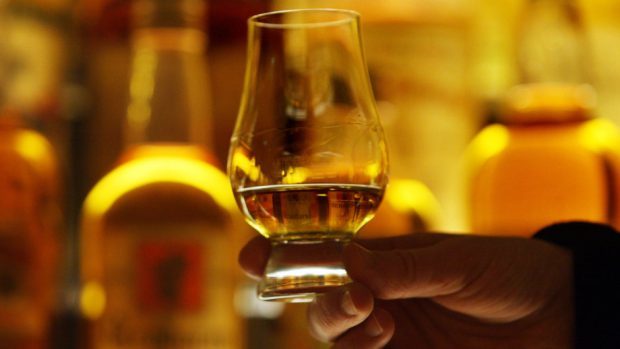Experts from Rare Whisky 101 are advising residents of Stonehaven to scour their attics and dust out their cupboards to uncover any rare bottles of whisky from the Glenury Royal Distillery, which was based in the town until its closure in 1985.
During the first six months of the year 57 bottles of whisky from Glenury Royal have sold at auction, with the most expensive on record selling for £3000.
The values of whisky being bought and sold at auction have soared in recent years. According to the Rare Whisky Top 1000 index, the 1000 most collectable Scotch whiskies have increased in value by 250 per cent since December 31 2008 to the end of June this year. In the last 12 months alone, values have gone up by over 13 per cent.
Whisky from Scotland’s ‘silent’ distilleries (those which are now closed), including Stonehaven’s Glenury Royal Distillery, have been particular beneficiaries of the boom in demand for rare whisky.
The Glenury Royal Distillery was founded by Robert Barclay in 1825, taking its name from the glen that runs through the Ury district.
David Robertson, co-founder of Rare Whisky 101, said:
“Whisky from Scotland’s silent distilleries is undoubtedly in high demand at the moment. However, while many of these rare bottles are now being bought or sold for investment, collection, or purely just for drinking, there are still a huge number of bottles from these silent distilleries which are just gathering dust, with the owners unaware of the whisky’s value. We’re also confident that many of these bottles are most likely located in and around the communities from where these silent distilleries were based, such as Stonehaven.
“We’d urge anyone who has got any old bottles from the Glenury Royal Distillery to get in touch with us and seek a valuation. They could be in for a very pleasant surprise.”
Just like any other commercial activity, whisky-making is subject to highs and lows, periods of ‘boom’ and ‘bust.’ Usually these periods coincide with wider economic prosperity or recession for the nations involved. So it is with Scotch whisky that unprecedented levels of growth in terms of distillery expansion and new-build ventures during the Victorian era were followed by half a century of ‘bust,’ or at best stagnation.
The whisky boom of the late 19th century saw no fewer than 33 new distilleries built across Scotland between 1890 and 1900, but the bubble burst around the turn of the century due to over-production. Two world wars and global recession – ‘The Great Depression’ – meant that no new distillery was constructed in Scotland between 1900 and 1949. However, the first four decades of the 20th century gave us a body of well-documented ‘silent distilleries’ and the remnants of many remain today.
Anyone looking for a valuation on their whisky collection of individual bottles of whisky should visit www.rarewhisky101.com.
